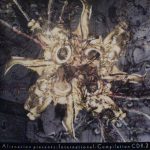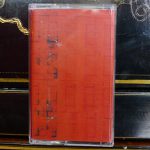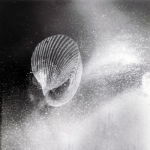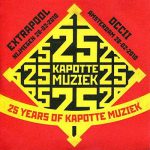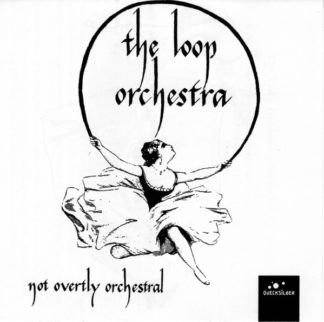Not Overtly Orchestra
7,00 € VAT Included
Only 2 left in stock
“On this album — its third in over 20 years of activity, the Loop Orchestra consists of John Blades, Richard Fielding, Emmanuel Gasparinatos, Patrick Gibson, and Hamish MacKenzie. All musicians are operating reel-to-reel tape machines to create ever-changing soundscapes made of tape loops. The reel-to-reel tape recorder has been revisited a number of times in the early 2000s. One could mention QuintetAvant, Frank Niehusmann, and Martin Tétreault (in Studio Analogique Numérique). But the Loop Orchestra approaches the “instrument” from a different perspective and what the ensemble does comes actually closer to Philip Jeck or Claus van Bebber’s simultaneous use of several turntables to create eerie multi-layered music. “Son of Not Overtly Orchestral” is a gentle piece revelling in the warmth of analogue tape as it slowly develops, keeping the listener in a trance. “Radiophony,” described as “a tribute to the pioneering work of the BBC Radiophonic Workshop,” uses (or at least: seems to use) loops of the Workshop’s recordings to create a piece that retains the exquisitely dated outer-space quality of its music, while exploring juxtapositions and transformations the BBC staff would never have envisioned in the ’60s. The strangest and most disturbing piece of the set is also the longest. During its 17 minutes, “Profiles” presents dozens of odd tape loops parade-style, each loop appearing in the background, gradually moving forward (or from left to right) and slowly disappearing after a while. Each loop is a Dadaist statement in itself, a combination of vocal sounds (raspy breathing, sped-up chanting, grunts) and found sounds. Their superimposition and relentless succession results in an audio freak-show reminiscent of Frank Zappa’s late-’60s experiments, but moving at a much slower pace. The piece creates a sudden change of mood on the album and some listeners will find it difficult to digest, but absurdist should appreciate its anachronistic charm.”


